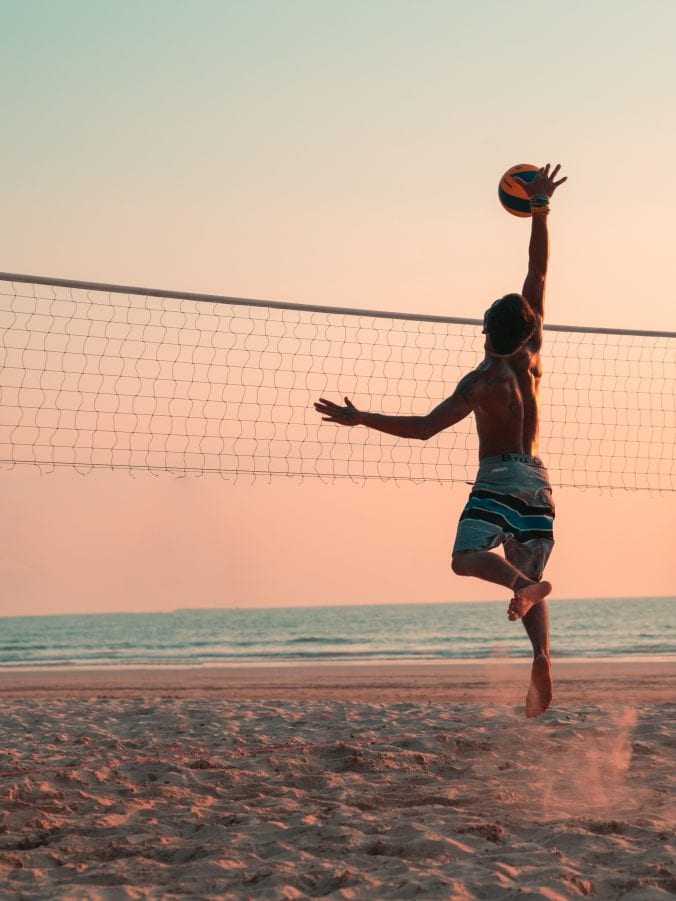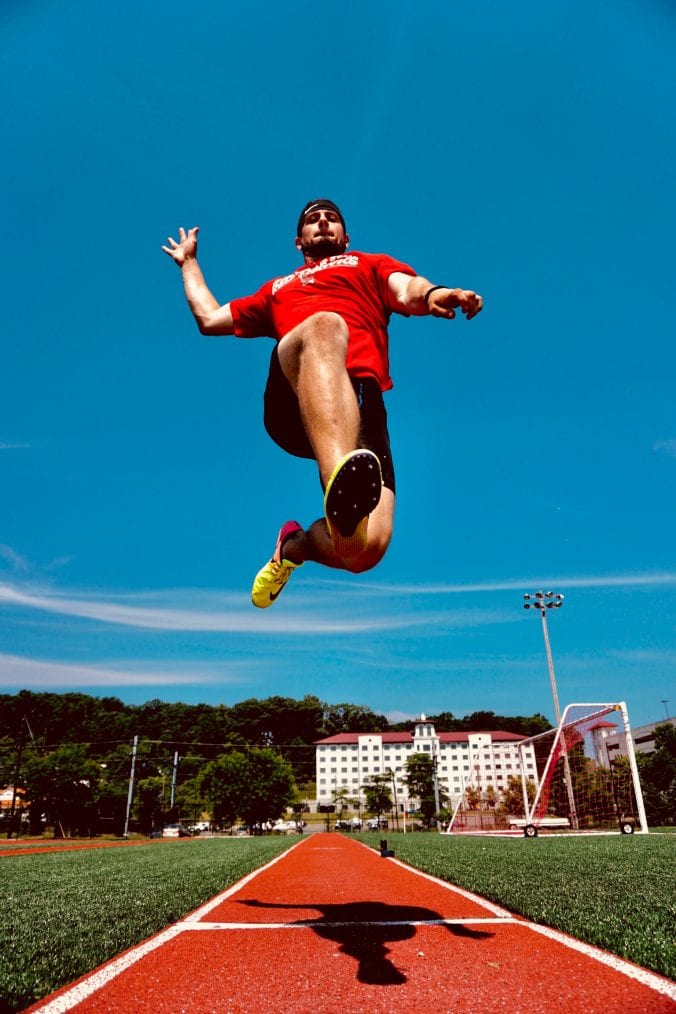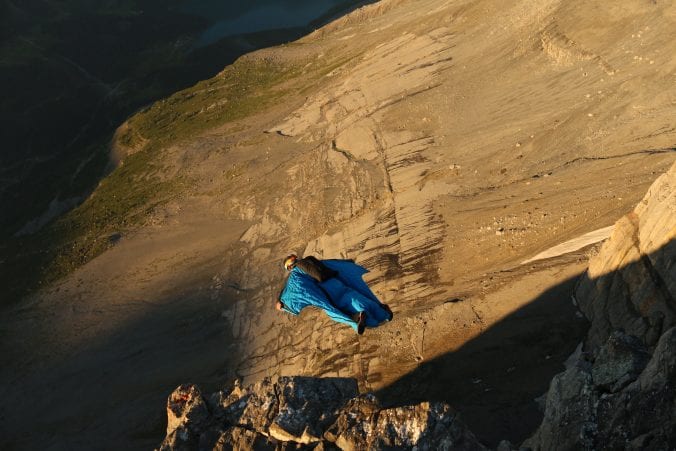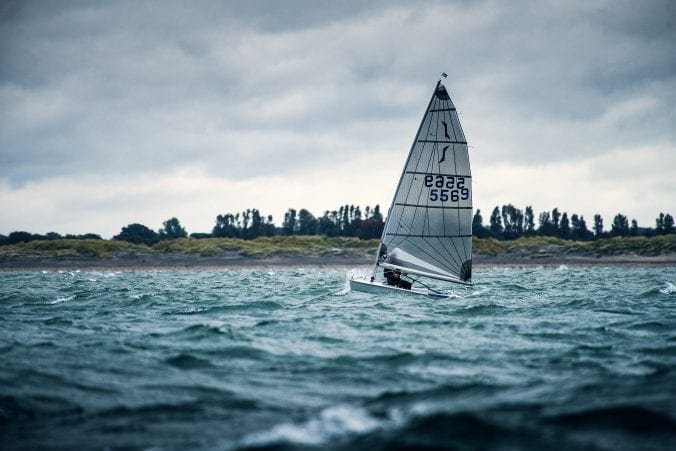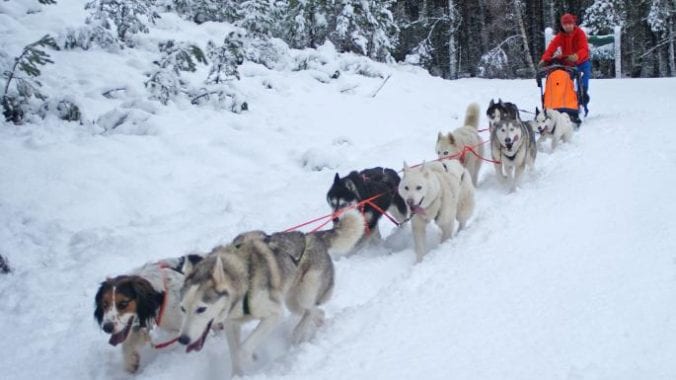Harry McArthur
The rules and equipment required for dog sledding are available at the bottom of the article, so if you are unsure on any of the technical terms used have a look down there!
I would have been shocked if a matter of weeks ago someone told me that they could blend together two of my favourite things in life. After some searching I found it; a combination of sports and dogs. Dog sledding. To find out more about dog sledding I caught up with the social media manager of the SDAS (Sled Dog Association of Scotland), Ashleigh Dean, for some details on the sport.
“Dog sledding is not one of the first sports you think of in Scotland or the UK, but over the last few years it has grown a lot. In many other countries, dog sled sports are recognized and for some countries it is part of their culture and history.
“Many people are under the impression that the sport is only done on a sled, on snow, for miles and miles, so can’t really be done in Britain. In Scotland we get a chance to do some of our training using a sled on snow, but the majority of our races are completed on a rig. In Britain we mostly focus on sprint distances. So speed more than mileage, as trails for distance are hard to come by.”
Continue reading
